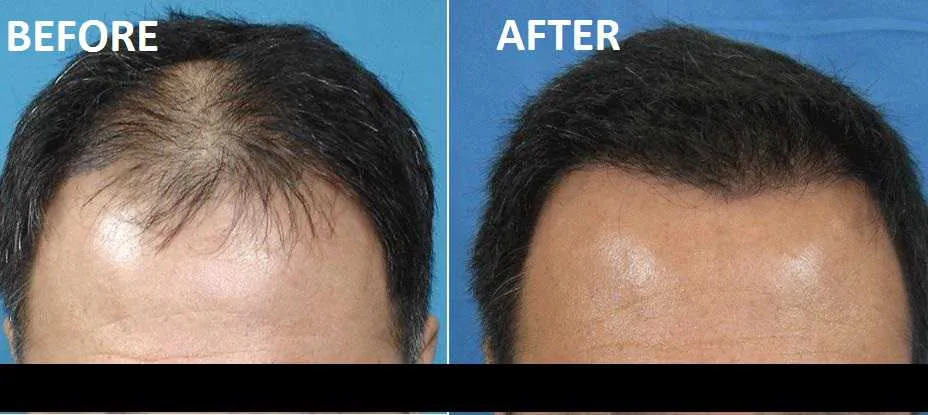On average, we lose up to 100 hair strands every day, and it is perfectly normal. But what if the number increases and gets more than double? It can lead to partial or complete baldness. Researchers at the Sanford-Burnham Medical Research Institute have taken a giant step in order to provide an impeccable solution to people with certain degree of balding – due to their genetic make-up or other reasons.
Their findings surely provide some hope for people undergoing baldness. The journal PLOS ONE has published their findings.
The lead author of the study Dr. Alexey Terskikh, also an associate professor in the Development, Aging, and Regeneration Program at Sanford-Burnham, confirmed the news in a press release by saying that they have developed a method to create new cells using human pluripotent stem cells. These new cells have the ability to initiate hair growth in human. Dr. Terskikh also said that their method is a definitely superior over current methods being used, which basically rely on transplanting healthy hair follicles from one part of the scalp to another. Their stem cell method can provide an unlimited source of cells to generate follicles, and the result is not limited by the availability of existing and healthy follicles.
It can be said that the human stem cell growth trail can make a promise that one day would benefit millions of men and women who are affected by the hair loss across the world. This could be a huge transformation in the field of hair care and baldness treatment. If everything goes right, then it can be a big ray of hope for those who are completely bald or could not find any conventional treatment method. Stem cell method can be more beneficial for those who can’t benefit from hair transplant surgeries for any reason.
Recommended Post
Hair transplant procedure and treatment
Details of the treatment:
If the treatment goes beyond the laboratory conditions, then it can be a boon for people suffering from some auto-immune disorders like alopecia areata. Under this medical condition, the immune system mistakenly attacks hair follicles leading to baldness.
Further revealing about the studies, Dr. Terskikh said that the dermal papilla cells cannot be readily amplified outside of the body in human adults. Dr. Terskikh also revealed that they have successfully developed a protocol to impel human pluripotent stem cells to differentiate into dermal papilla cells. Based on their studies, their team found that the cells have the ability to induce hair growth in mice under lab conditions.
This method uses pluripotent stem cells that have the ability to transform into any type of cells in the body. Dr. Terskikh and his team achieved success in transforming these cells into dermal papilla cells which regulate hair growth in humans. During their research, they injected the mice with stem cells and notices hair growth.
Dr. Terskikh confirmed that his team is now planning to transplant human dermal papilla cells into human. They are currently scouting for partnership to take this final step.

